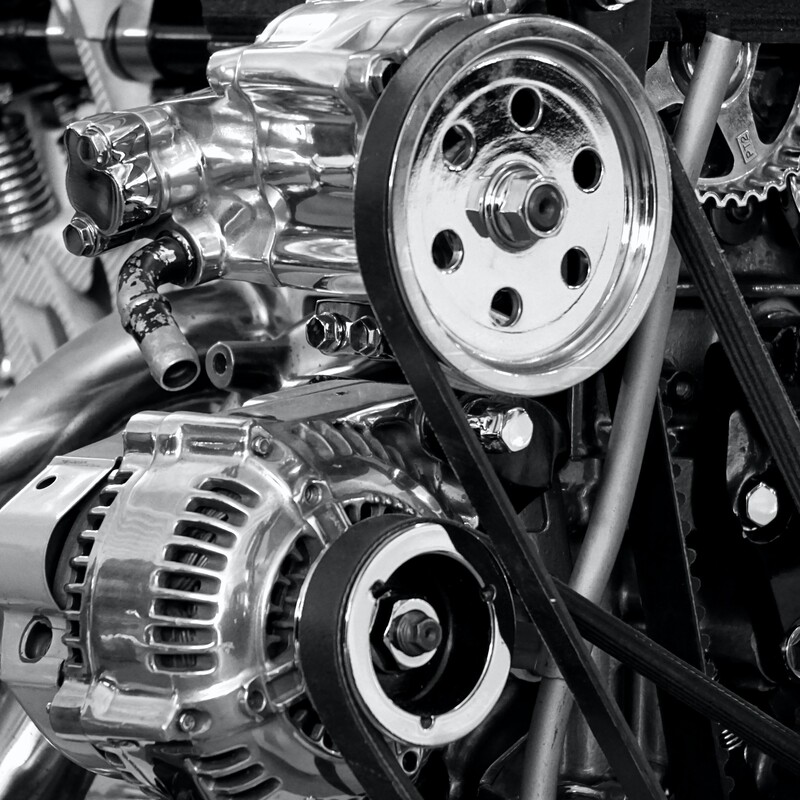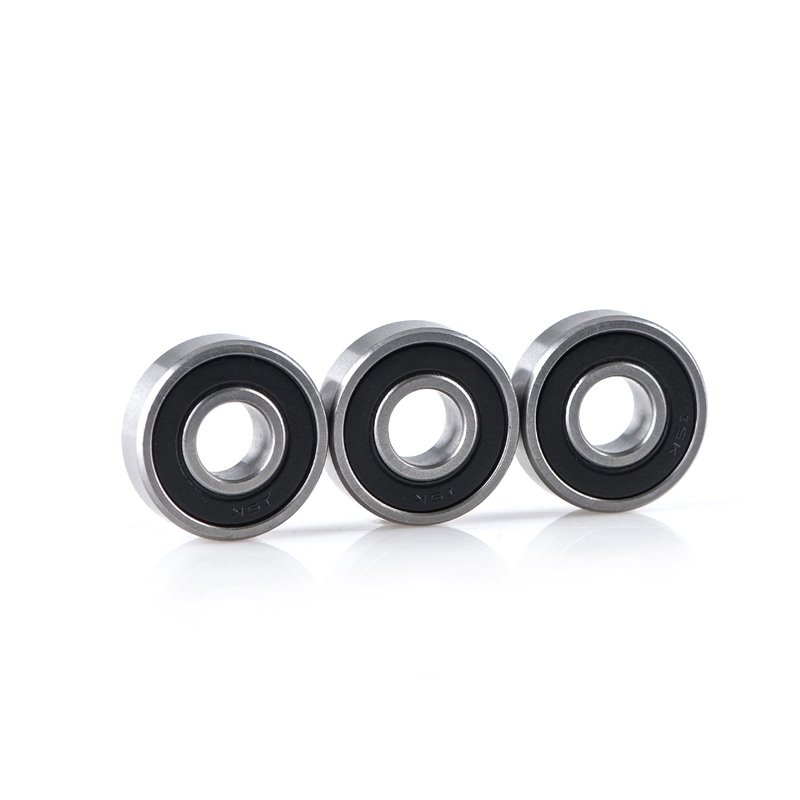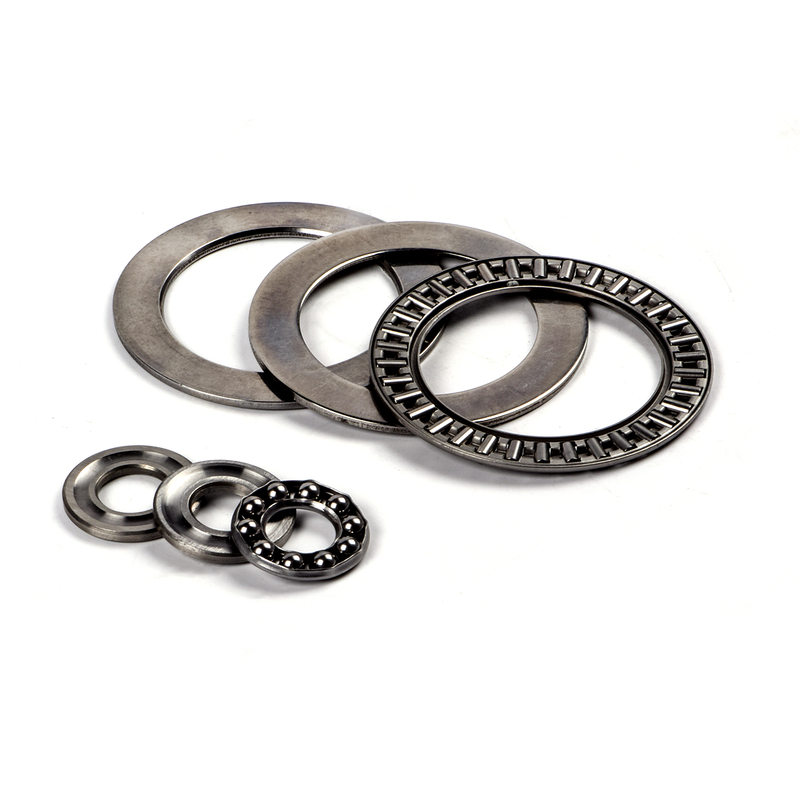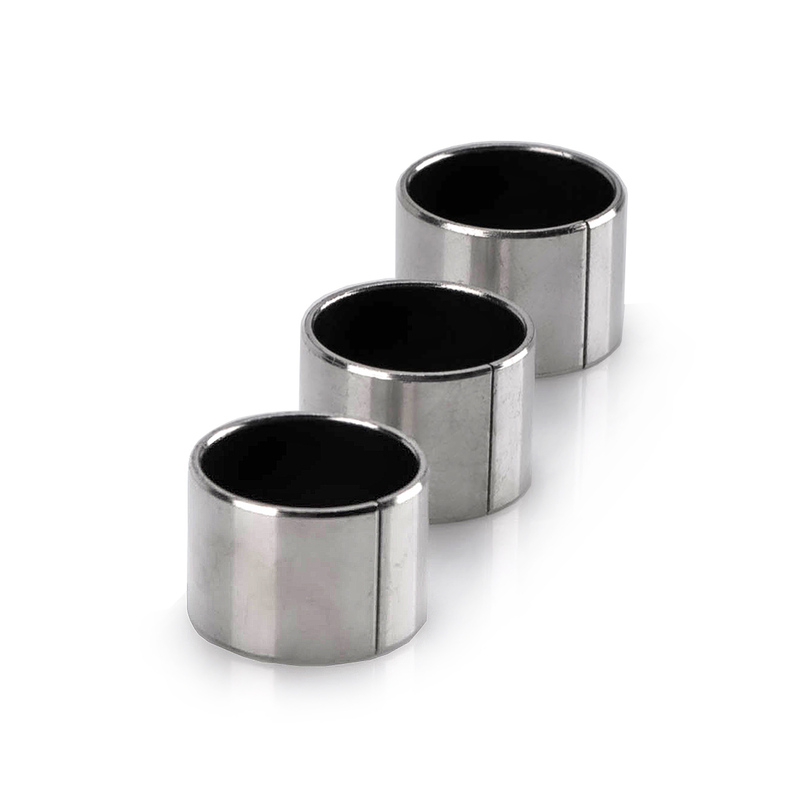Need Support?
Please provide your question. We’ll find you with the best support options.
Table of Contents
1. Introduction of Machinery Bearings
2. What is a Machinery Bearings?

Machinery bearings are fundamental components in various industries, serving as the critical interface between rotating or linear components. These versatile devices facilitate smooth motion, reduce friction, and provide essential support to countless machines and applications. In this comprehensive guide, we will explore the world of Machinery bearings, their types, functions, applications, and the importance of selecting the right bearing for your specific needs.
A Machinery bearing is a Machinery device that supports and reduces friction between moving parts. Bearings come in various shapes, sizes, and designs to accommodate different types of loads, speeds, and applications.
 Bearings are integral to the smooth operation of machinery and equipment. They play a crucial role in:
Bearings are integral to the smooth operation of machinery and equipment. They play a crucial role in:
Reducing Friction: Bearings minimize friction between components, allowing for efficient motion.
Supporting Loads: Bearings carry axial and radial loads, ensuring structural integrity and stability.
Enhancing Precision: Bearings enable precise movement and positioning of components.
%E4%B8%BB.jpg)
Ball bearings are the most common type of Machinery bearings. They consist of rolling elements (balls) enclosed within an inner and outer race. These bearings excel in applications with moderate to high-speed rotation.
.jpg)
Roller bearings use cylindrical, tapered, or spherical rollers to support loads. They are suitable for heavy-duty applications, such as conveyor systems and vehicle wheels.

Thrust bearings handle axial loads, allowing components to rotate along their axis. They are crucial in applications with significant axial forces, like turbines and gearboxes.

Plain bearings, or bushings, operate without rolling elements. Instead, they use a sliding motion between surfaces, often lubricated with oil or grease. These bearings are ideal for high-load, low-speed applications.
Consider the magnitude and direction of the load your bearing must support, whether it's radial, axial, or a combination of both.
Different bearings are designed for various speed and precision requirements. Ensure your choice aligns with your application's needs.
Factor in environmental conditions such as temperature, humidity, and exposure to contaminants when selecting bearings.
Machinery bearings are the unsung heroes of countless industries, ensuring the smooth and efficient operation of machinery and equipment. Selecting the right bearing is crucial for optimizing performance, reducing maintenance costs, and extending the lifespan of your machinery.
Incorporate the knowledge of bearing types, applications, and selection criteria into your machinery design and maintenance processes. By doing so, you'll maximize the efficiency, precision, and reliability of your equipment, ultimately driving success in your industry.
Whether you're in automotive manufacturing, aerospace engineering, or any other sector that relies on machinery, understanding and utilizing Machinery bearings effectively is a key step toward achieving operational excellence.
 Further reading:
Further reading:
Radial Bearings: Types, Applications, Advantages, and Maintenance
Motorcycle Wheel Bearings: The Key to Smooth Ridin
Discover more about the features and applications of various bearings.
Click here to explore more articles and find the perfect bearing for your project.
Needle Bearings (Roller Bearings) are a type of bearing that performs exceptionally well at high speeds. Their rollers are precisely guided by specially shaped, high-rigidity cages with minimal dimensional error. Despite their small cross-section, needle bearings...
How Do Ball Bearings Work? Bearings are often small and unassuming components in a product, yet they are crucial for its proper functioning. Without bearings, many products would fail to operate effectively. But do you know how ball bearings...
Please provide your question. We’ll find you with the best support options.